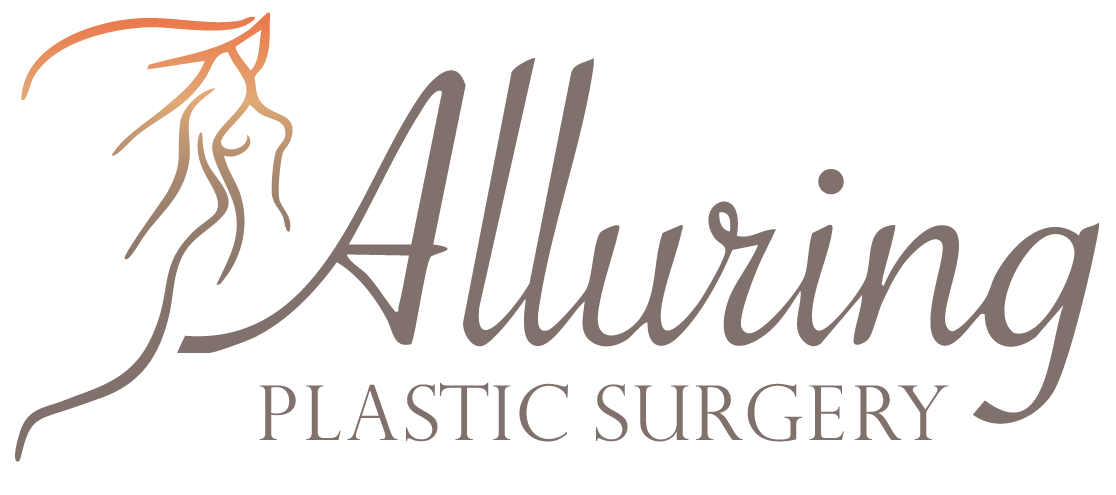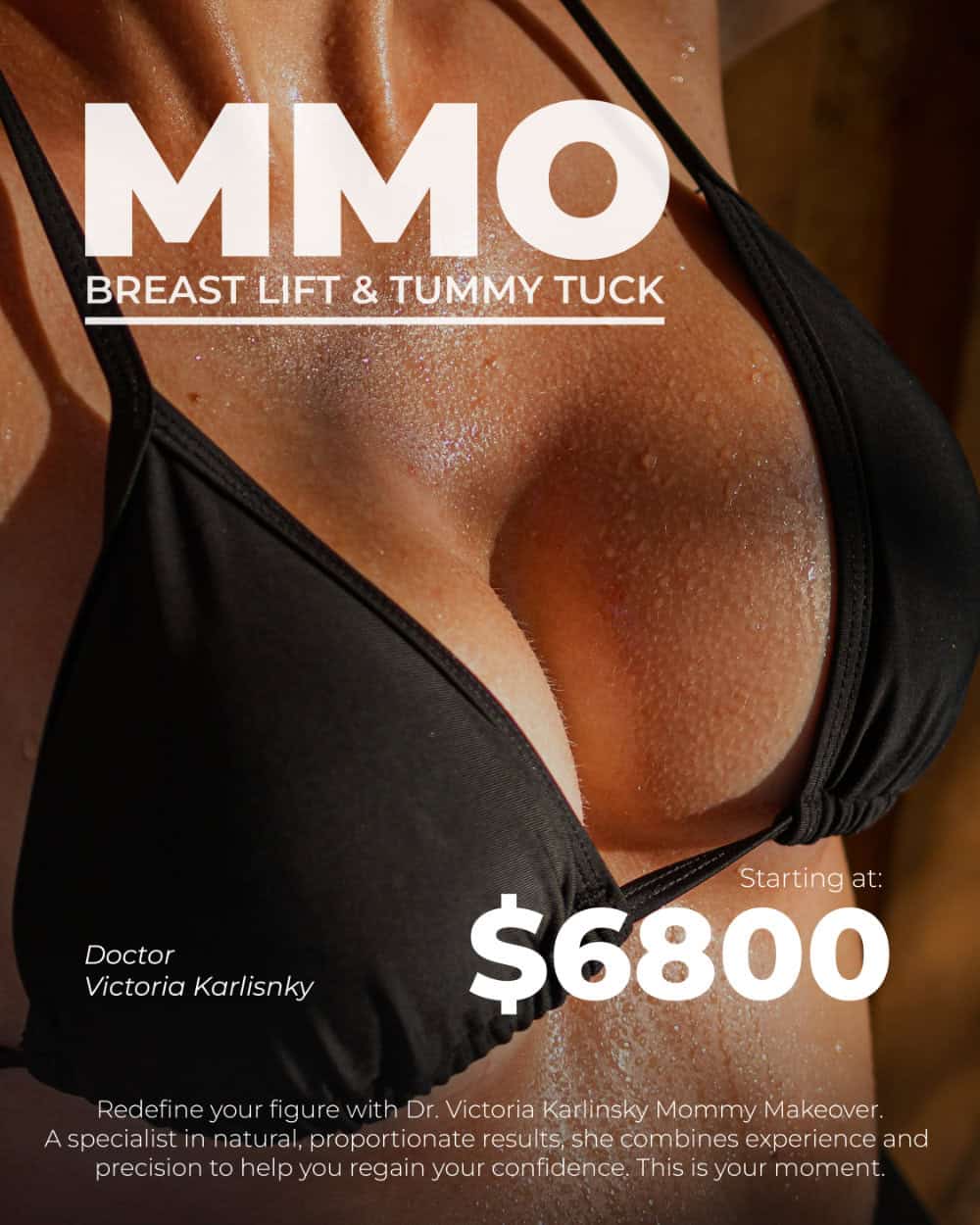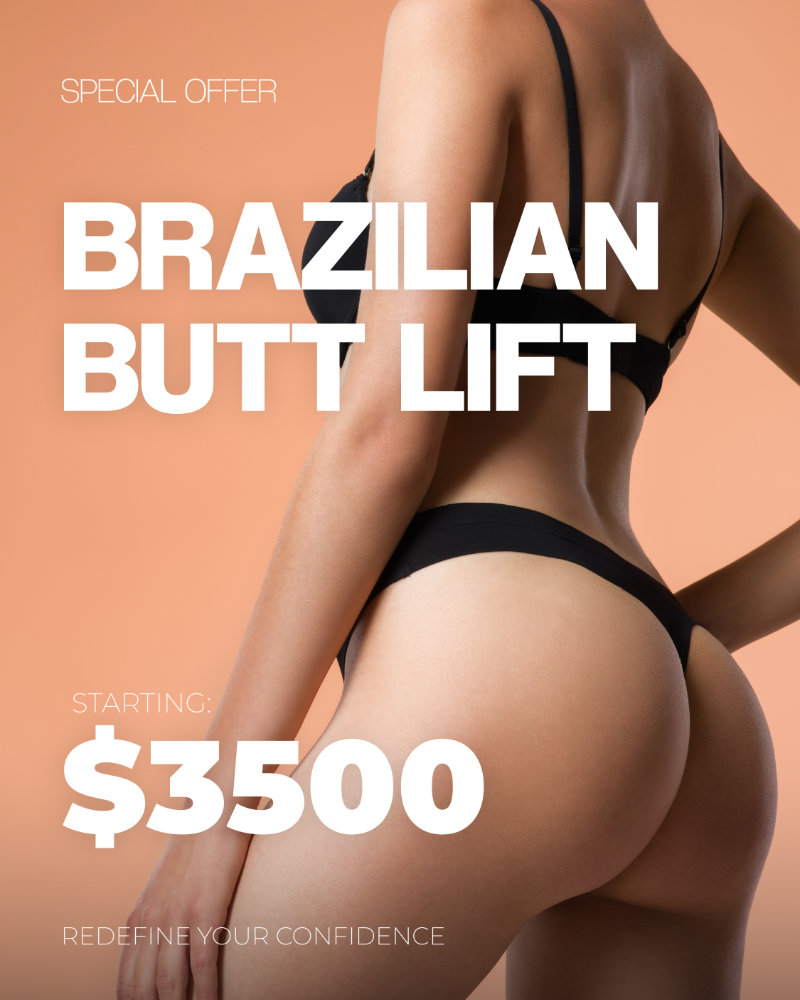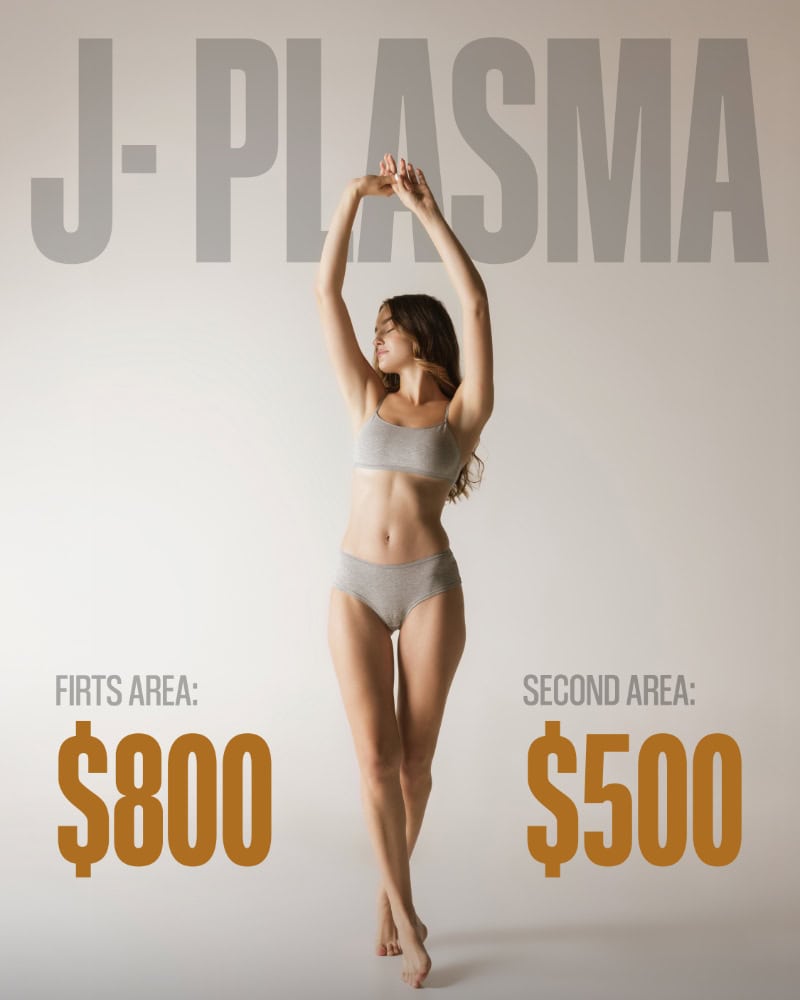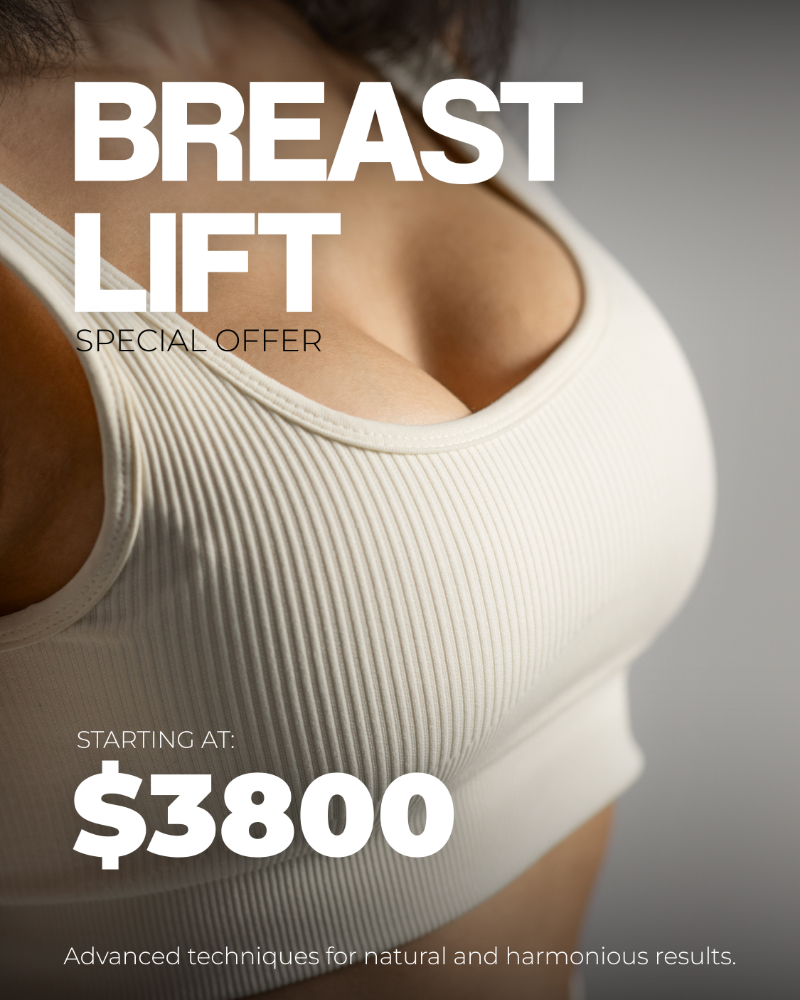Managing recovery after your procedure is essential for optimal results. To reduce swelling after Liposuction, we recommend wearing compression garments consistently, applying cold compresses for 15–20 minutes hourly during initial recovery, and elevating treated areas to promote natural drainage.
Light walking encourages lymphatic function, while proper hydration and a low-sodium diet reduce fluid retention. Your body’s inflammatory response peaks within 72 hours after liposuction, causing tissue swelling that gradually subsides over several weeks.
These evidence-based techniques help reduce inflammation and speed up healing. However, additional strategies can further optimize your recovery process.
For a personalized consultation, contact Alluring Plastic Surgery today at (786) 305-8649 or fill out our online contact form to schedule your consultation today.
Why Does Swelling Happen After Liposuction?
When your body undergoes liposuction, it responds to the surgical trauma with a predictable inflammatory process that triggers swelling in the treated areas.
This cosmetic surgery causes tissue disruption, prompting your body’s natural healing response to activate inflammatory pathways. These pathways increase blood flow and lead to fluid accumulation in the surgical site.
During liposuction, we inject tumescent fluid into targeted areas to facilitate fat removal. This fluid temporarily expands tissues, further contributing to post-operative swelling as your lymphatic system works to drain excess fluid.
The inflammation peaks within 72 hours, then gradually subsides over subsequent weeks. Your recovery timeline depends on the procedure’s extent, your body’s individual healing response, and adherence to post-operative care protocols.
Proper use of compression garments and manual lymphatic drainage (MLD) by a trained therapist (when approved) supports your body’s fluid elimination processes during this critical healing phase.
What Are the Best Ways to Reduce Swelling After Liposuction?
The most effective approach to reducing post-liposuction swelling involves a comprehensive recovery protocol targeting your body’s inflammatory response.
We recommend wearing compression garments as directed by your surgeon. These garments promote circulation and prevent fluid buildup, both key to minimizing swelling.
Apply cold compresses for 15–20 minutes every hour during early recovery to reduce swelling and ease discomfort. Light physical activity, particularly gentle walking, helps stimulate lymphatic system function and blood flow.
Hydration supports your body’s ability to flush excess fluids, while a low-sodium diet helps avoid unnecessary water retention. Together, these techniques create the ideal conditions for healing, helping you recover faster and more comfortably.
How Do Compression and Positioning Reduce Swelling?
Two critical elements work together to reduce swelling after liposuction: compression garments and strategic body positioning.
Compression Garment Function
Compression garments apply gentle, consistent pressure to treated areas. This pressure helps push out excess fluid, prevent new accumulation, and improve circulation.
Your surgeon will provide instructions regarding how long to wear the garment—typically for several weeks—to support ideal healing.
Proper Positioning Techniques
Elevating treated areas during rest encourages natural fluid drainage with gravity’s assistance. Combined with manual lymphatic drainage (MLD) by a trained therapist (when approved), this strategy helps move fluid away from surgical sites.
Critical Success Factors
A properly fitted garment is crucial, as ill-fitting compression can cause uneven swelling. Consistent use as instructed helps maximize recovery benefits and prevent complications.
What Lifestyle Habits Help With Swelling After Liposuction?
Beyond external aids, your body’s internal healing mechanisms respond well to smart lifestyle choices.
A diet rich in lean proteins, whole grains, fruits, and vegetables can help combat swelling and inflammation. Staying well-hydrated supports lymphatic drainage, flushing excess fluid more efficiently from treated areas.
Gentle movement—especially daily walking—stimulates circulation without interfering with your compression garment’s effectiveness. This natural movement promotes blood flow and minimizes swelling.
Avoid high-sodium foods and alcohol, which can increase inflammation and water retention. Deep breathing exercises may also help with lymphatic drainage and stress management.
While anti-inflammatory medications may seem helpful, always consult your surgeon first. Some over-the-counter medications, particularly NSAIDs like ibuprofen or aspirin, may increase your risk of bleeding or interfere with your surgeon’s recommended healing plan.
What Mistakes Make Liposuction Swelling Worse?
Even with the best intentions, common recovery mistakes can delay healing and worsen swelling.
Engaging in strenuous physical activity too soon after surgery often results in increased inflammation. Skipping or incorrectly using compression garments reduces circulation and slows healing.
A high-sodium diet leads to fluid retention, which can make swelling worse. Ignoring guidance on elevating treated areas can further hinder natural drainage.
Other common pitfalls include missing follow-up appointments and self-medicating with aspirin or ibuprofen without approval. These actions may increase your risk of bleeding and undermine efforts to reduce swelling.
Adhering to your surgeon’s instructions is key to a smoother, more effective recovery.
How Long Does Swelling Last After Liposuction?
Understanding the swelling timeline helps you maintain realistic expectations and recognize signs of potential complications.
Swelling typically peaks within 72 hours, then gradually decreases over the next three to four weeks. Most of the swelling should resolve within two to three months, although some minor swelling (up to 10%) may persist for six to nine months.
Closely following your post-operative care instructions will support this healing timeline. Keep open communication with your board-certified cosmetic surgeon throughout recovery.
Seek immediate help if swelling becomes excessive, worsens suddenly, or shows no improvement. These signs may indicate infection or fluid buildup, requiring prompt medical attention.
Learn More About Liposuction Surgery in Miami
At Alluring Plastic Surgery in Miami, our board-certified surgeons specialize in advanced liposuction techniques that deliver stunning, natural-looking results. Our expertise in body contouring has helped countless patients throughout Miami and beyond achieve the silhouettes they’ve always desired, boosting their confidence and transforming their self-image.
We understand the unique aesthetic goals of our diverse clientele and provide personalized care throughout your entire transformation journey.
Ready to start your journey? For a personalized consultation, contact Alluring Plastic Surgery today at (786) 305-8649 or fill out our online contact form to schedule your consultation.
